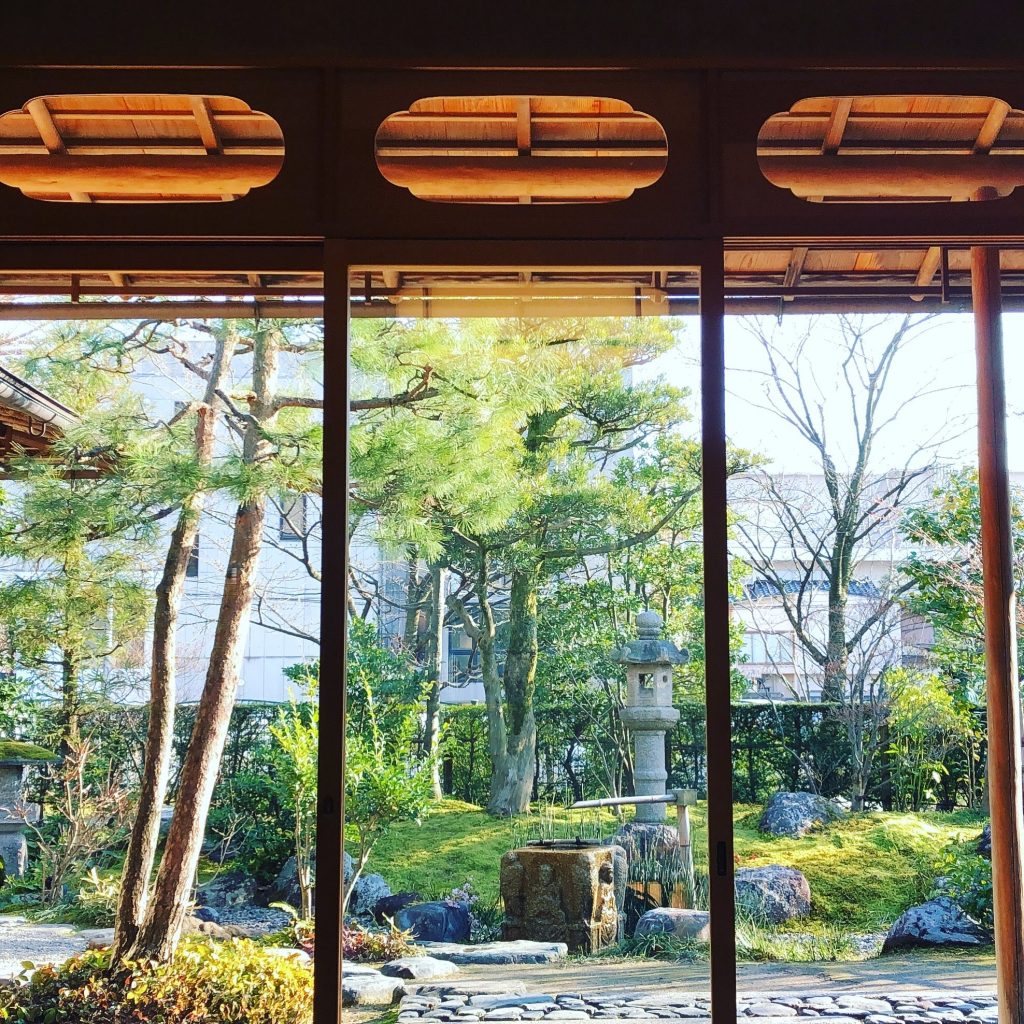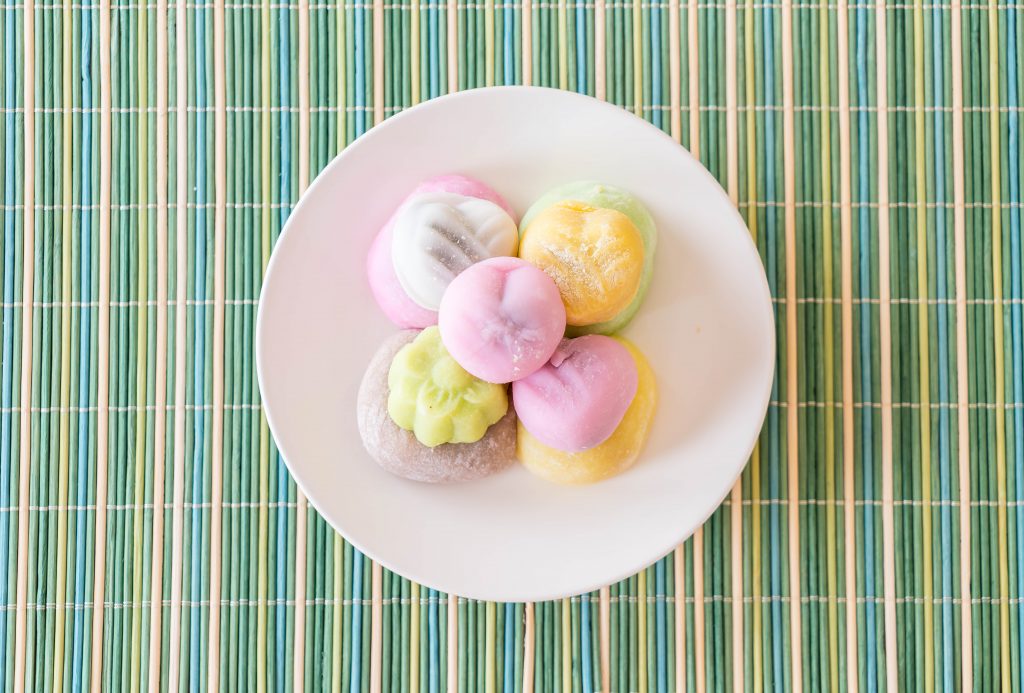Welcome to Wagashi World
Biggest Online Wagashi Platform for
both Wagashi lovers and businesses


Your source for the Wagashi Experience
Media, Information Base, Shop, Wagashi store locator, Reviews… etc.,
Get your own
Wagashi experience
Join our facebook community, get to know other wagashi professional and enthusiasts and share your nerikiri creations.
Knowledge base and Showroom for wagashi artisans worldwide

Btopntp26 – www.freepik.com
和菓子 Traditional Japanese confectionaries
The creation of wagashi 和菓子 (traditional Japanese confectionaries) it’s very traditional and shines a sense of craftsmanship. On the last decades the design and techniques changed a lot embracing technology and new design boundaries enriching it and rediscovering and opening the wagashi industry worldide for the 21st century.

pikisuperstar – www.freepik.com
Wagashi confections increased global popularity
On the last 15 years the awareness of Japanese cuisine has been greatly increased around the world, including a new interest for wagashi. The word wagashi can mean Japanese snack, but it usually refers to sweet confections. You can find them on a wide range from the simplest ones like kushi dango, rice or dumplings on skewers coated with anko, to the sofisticated and delicate confections called jo-namagashi that are usually created in shapes that depict each of the year season.
Enjoy them with tea
It’s often served with a bowl of matcha in the Japanese tea ceremony.
There are two types of wagashi served in a tea ceremony depending on the type of matcha:
Wagashi served with usucha (薄茶, thin matcha) is called higashi (干菓子) , a dry sweet often made of rice, flour or the finest quality of Japanese grained sugar: wasanbon (和三盆).
Wagashi served with koicha (濃茶, thick matcha) is called omogashi (主菓子) often made of bean paste, sesame, rice, sweet potato and sugar.